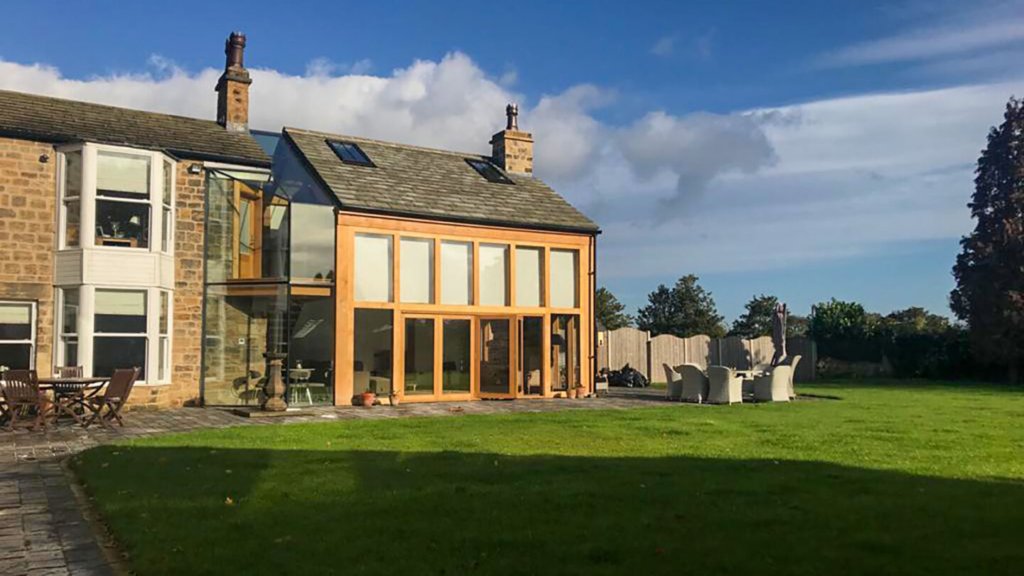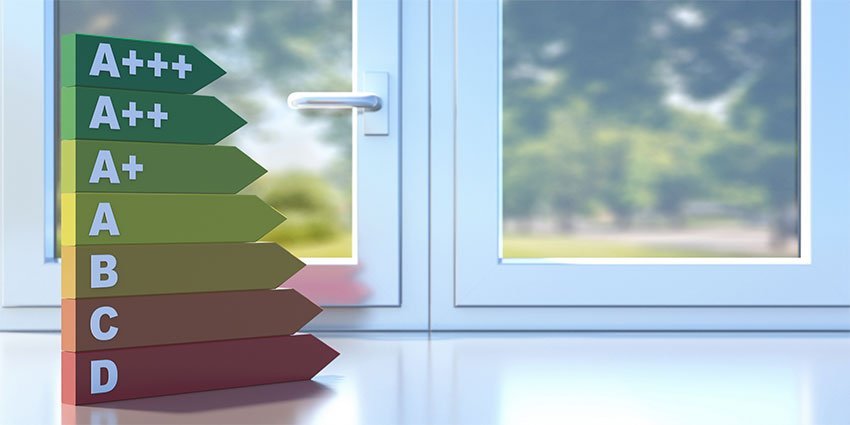
oakbydesign
01423 593 794



In the domain of energy conservation and sustainability, the introduction of top energy-saving windows by experts promises to revolutionise the way we approach building efficiency.
These windows, meticulously designed and crafted, offer a glimpse into the cutting-edge technology and innovation driving the industry forward.
As we navigate through the intricate world of glazing materials, frames, and energy performance metrics, the quest for the best energy efficiency becomes an intriguing journey worth exploring.
When considering the energy efficiency of windows, the materials used for both the glazing and frame play an important role in determining the overall performance and effectiveness of the window system. The glazing material directly impacts factors such as insulation and light transmission.
Triple glazing, although heavier and costlier, provides superior efficiency compared to double glazing due to an extra layer of insulation. Frame materials like oak, aluminium, timber and uPVC also influence energy efficiency.
While aluminium offers strength and slim profiles, timber and uPVC can be highly energy efficient when designed correctly. Additionally, advancements in frame technology, such as thermal breaks and seals, further enhance the overall efficiency of energy-saving windows, ensuring peak performance in maintaining interior comfort levels.
Efficient glazing plays a critical role in enhancing the energy performance of windows by greatly impacting factors such as insulation and light transmission.
When considering energy-efficient glazing, the type of glazing is important. Triple glazing offers higher efficiency levels but requires careful assessment of weight and size constraints.
Additionally, the technology embedded within the frames greatly influences the overall performance of the window. It is essential to note that double-glazed systems vary in efficiency based on the frame technology utilised.
To achieve the best energy efficiency, thorough research is necessary to strike a balance between efficiency, cost, and design preferences.
Selecting the most suitable glazing type and frame technology is paramount to ensuring energy-efficient windows that comply with building regulations while meeting specific project needs.
Considering the significance of window frames in enhancing energy efficiency, a focus on the technology integrated into frames is paramount for optimising the overall performance of energy-saving windows. Advanced frame technology plays a vital role in reducing heat transfer and improving insulation.
Innovative features such as thermal breaks, multiple chambers, and low-conductivity materials enhance the efficiency of window frames. For instance, aluminium frames with thermal breaks offer strength and durability while minimising heat loss through the frame. Timber and uPVC frames, although differing in material properties, can also be highly energy efficient when designed with the latest technology.
Understanding the technological advancements within window frames is essential for selecting the most energy-efficient option tailored to specific needs.

For vital energy efficiency in window selection, the U-value serves as a critical metric that quantifies the heat transmission capabilities of the window component. The U-value measures the rate of heat loss through a material.
In the context of windows, a lower U-value indicates better insulation properties, meaning less heat is lost through the window. Building regulations mandate specific U-value requirements to guarantee energy-efficient construction, with stricter standards like the Passivhaus certification demanding even lower U-values.
Innovative technologies, such as thermal breaks and advanced seals, play a vital role in enhancing window efficiency by reducing heat transfer. Materials like aerogel are pushing the boundaries of window insulation, enabling windows to achieve impressively low U-values and maximise energy savings.
In the domain of energy-conscious construction and window selection, understanding the intricate dynamics of U-values is paramount for making informed decisions on the most suitable energy-efficient windows for a project.
When selecting energy-efficient windows, prioritise glazing and frame materials that offer high thermal performance. Opt for triple glazing over double glazing for enhanced efficiency, considering factors like weight and size limitations.
Frame technology plays a critical role in overall window performance, with materials like aluminium offering strength and slim profiles. Balancing efficiency, cost, and design options through thorough research is essential.
Guarantee compliance with Building Regulations, aiming for U-values that meet or surpass standards such as 1.6W/m²K, or even 0.8W/m²K for Passivhaus certification.
Telephone: 01423 593 794
Locksley Park
Blind Lane
Tockwith
YORK YO26 7QJ
Opening Times:
Mon to Fri - 9.00am to 5.00pm
Bank Holidays - Closed
Christmas 2025- TBC
Oak By Design is the trading name of:
Oak By Design Ltd.
Reg Number: 04384416
VAT Number: 664 8012 33